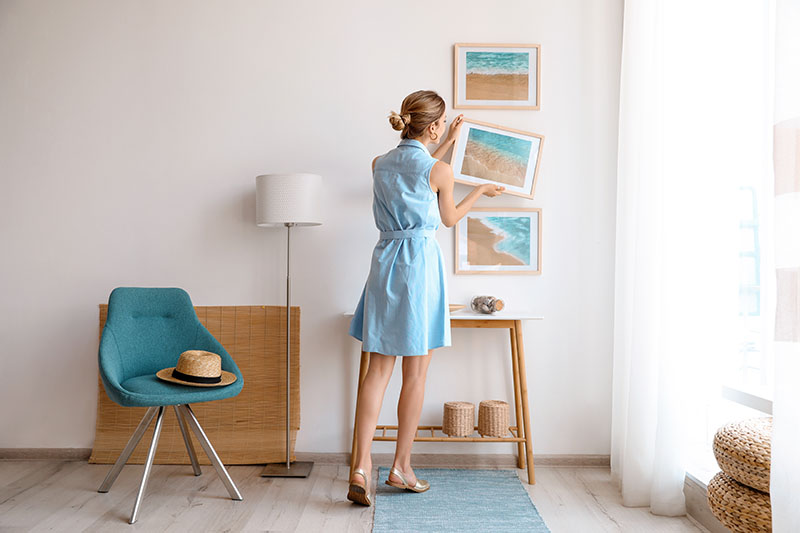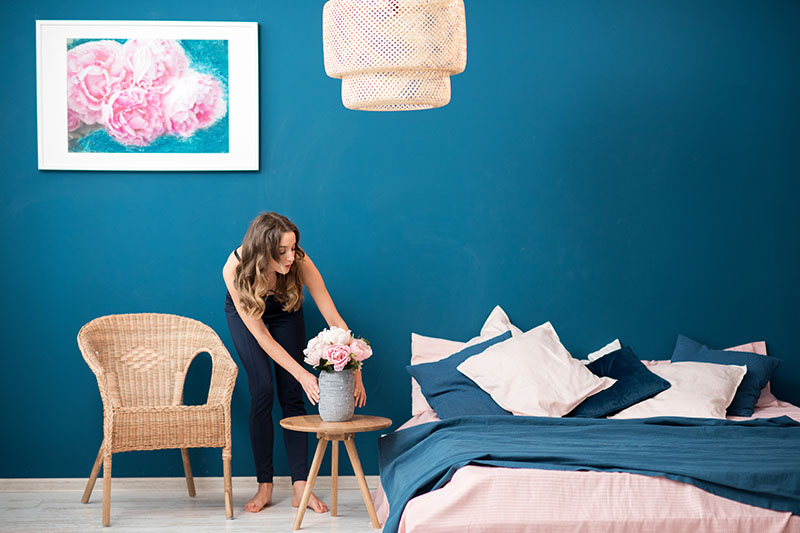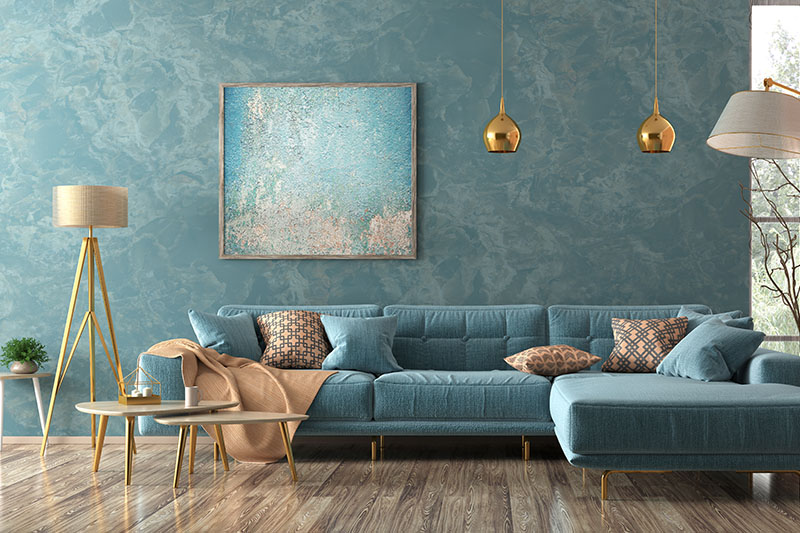Property Listing That Gets Attention
What’s Included in Property Listing
Your property listing includes two main components: photos and descriptions. Both can make a difference in your booking funnel. A visitor bases their decision on a balanced assessment across:
- Apparent cleanliness
- Price
- Location
- Reviews
- Spaciousness and amenities
Your listing, through photos and written descriptions, should highlight all relevant information clearly in order to get more eyeballs and drive more bookings.
Photos
Having your property well-furnished and clean is the first step. That needs to be evident in the photos you presented in the listing. There is a winning strategy to showing photos that will get the attention of the accommodation seekers. You want to include many photos of different areas of the property as well as its surrounding neighbourhood.
What you want to show in your pictures:
- The most spacious area of the property
- Each individual bedroom
- Any view from the windows
- Kitchen
- Bathroom
- Backyard or porch
- Any cool amenities such as smart TV, speakers, jacuzzi, etc.
- House from the outside including the entryway/driveway
- Surrounding neighbourhoods including restaurants, bustling streets, public transportation, etc.
You want to include the photos highlighting the best features of the property but also want to set realistic expectations with the guests. Disappointment from feeling misled will lead them to leave negative reviews and undermine the credibility of your listing. Just as important as the aesthetics, showing all functional areas (kitchen, closet, dresser, etc.) will help your guests make informed decisions.
Depending on your property, getting professional photography could be worthwhile to maximise the attention you can draw from browsers.
Descriptions – Title and Property Details
Accommodation selection is one of the most important parts of any trip planning. So guests will often pay full attention to your description and also ask questions to ensure that your place can suit all of their needs. Providing a thoughtful description will signal to guests that you are professional and there will be no surprises upon arrival.
Start with an eye-catching title. You want to emphasise the best part of the property that will entice browsers to click on your listing. For instance, if you have a spacious property in a remote location, you can use wordings such as “a castle in beautiful nature” to attract guests who are looking for an expansive house in the peaceful woods. Any feature that is not commonly offered such as a BBQ grill in the backyard can also be included in the title, especially in the summer where grilling with your family and friends is a popular activity.
In your description, provide a good summary of all relevant parts of the property. You want to first highlight the basics that visitors need to know such as the rooms, bed types, storage space, what they can use in the kitchen, location of the bathrooms, availability of AC/heater, wifi speed, etc. You should apply techniques such as bullet points to make it easier to catch the important information for the readers. Anything that deserves focused attention (i.e. a rare amenity you offer such as a grill) should not be hidden in a long paragraph. Utilise capital letters and symbols such as quotation marks intelligently to emphasis key characteristics that make your property unique.
You can also provide optional information about yourself and tips for making the most of their stay in your description. This is an opportunity for you to show the ‘concierge’ benefits the guests can expect to enjoy during their stay.

Take the chance to project a wholesome perception of a knowledgeable local guide by providing useful tips about neighbourhood gems. Having a great experience during their stay, even if outside the house, will enhance the positive feelings about your property and hosting services. You or a property manager should be available to accommodate any issues guests may run into real-time so give your guests a peace of mind by providing clear instructions and expectations around communications. Providing a quick description about yourself will also enable your listing to forge a personal connection with the guests. Promoting characteristics such as being a long-term resident of the neighbourhood is a great way to inspire trust in the quality of your hosting ability.
Once you have perfected the property details, your next step is to delineate house rules and set up guest screening steps to minimise undesirable experiences for the guests as well as for yourself.
As a reminder, you should carefully consider all of the following aspects of airbnb hosting to maximise your success.









